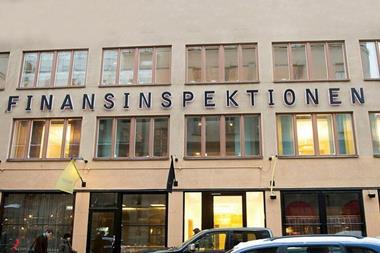Good momentum from Spanish consumers and the continued dynamism of the construction sector led the 3% increase in domestic demand in 2003, which combined with improvements in the external sector supported a robust GDP growth of 2.4%. There is strong confidence that these sectors should continue contributing to further economic growth in the short term. And, despite some deterioration of property fundamentals, confidence appears positive in respect to the commercial real estate sectors: retail, logistics and office. Overall, investors’ interest continues and capital flows remain strong assisted by low interest rates, keeping yields stable and even lower in some specific markets. Offices are granted worst confidence while best reviewed is awarded to retail.
The sharp increase in office supply contributed to the market deterioration, and pressured nominal rents strikingly lower. The decline was more noticeable in the periphery of Madrid, down 18% in 2003, where the decline accumulates 31% in the last three years. Vacancy levels rose across the board and overall take-up continues to be weak. Market fundamentals uphold the central business district (CBD), namely the important public tenant structures and the limitations to additional building capacity. Despite the fall in rents, low interest rates and the financial markets’ risk aversion have translated into capital inflow to property markets, including the office sector, and maintain value stable. This is not the case for the buildings under development that get the impact from a weakened market with lowered rents. Yields were stable in prime areas as demand from investors remained solid and investment opportunities scarce. In Madrid, investments were recorded at 5.5% yield, with up to three points differential versus secondary locations. The expected new supply reaching the market in 2004 poses a limit for near-term recovery.
Strong economic fundamentals led by robust consumer demand fuels the retail sector in general. This, combined with changes in consumer habits, has fostered the expansion of the shopping centre sector. Consumer expenditure growth supported by better employment conditions, lessened fiscal pressure, and solid demand from domestic and foreign retailers, are sustaining escalating rental levels. The potential for higher rents is firm, particularly in those areas where supply shortage combines with positive economic prospects, strong consumer demand and the persistent preference by foreign retailers. Retail concentration is high in Madrid while secondary locations have stock per capita levels below the average of the European Union. Stock surpasses 9sqm gross letable area and the amount of new projects in the pipeline is considerable. However, the numbers should be monitored precisely since they refer to planned projects, and much of what is proposed may not be completed due to license barriers. Yields were stable in 2003 supported by continued interest by investors, mainly foreign institutional players, and lack of product in the market.
The industrial sector appears to be entering a phase of recovery indicated by a slight improvement in the industrial climate indicator and some upward move in the capacity utilisation, although still off the high recorded in 2000. However, the degree of recovery may not spur a large investment demand, and hence sector expansion is not foreseen near term. The lack of high quality and modern stock remains a barrier in the Spanish industrial and logistics market. Available space is scarce and new supply is developed on the far outskirts, or in adjacent provinces where prices are lower and planning less restricted. The overall economic slowdown affects trade, the root of downward pressure in rents across the board. Barcelona is the exception since its geography poses limitations to add to the supply and, providing rather stable demand, vacancy remains low and rents resilient. The standardisation of the logistic sector has spurred demand from investors and yields have stabilized also due to product scarcity.
With positive economic momentum in sight, the retail sector is likely to benefit most in 2004, whereas logistics should also turn up with the economic cycle. In contrast, renewed activity combined with a slowdown in the pace of new supply launched to the office market is crucial before vacancy lowers and rents increase.
Ruth Gavilán is a research analyst at ING Real Estate Investment Management Southern Europe












No comments yet